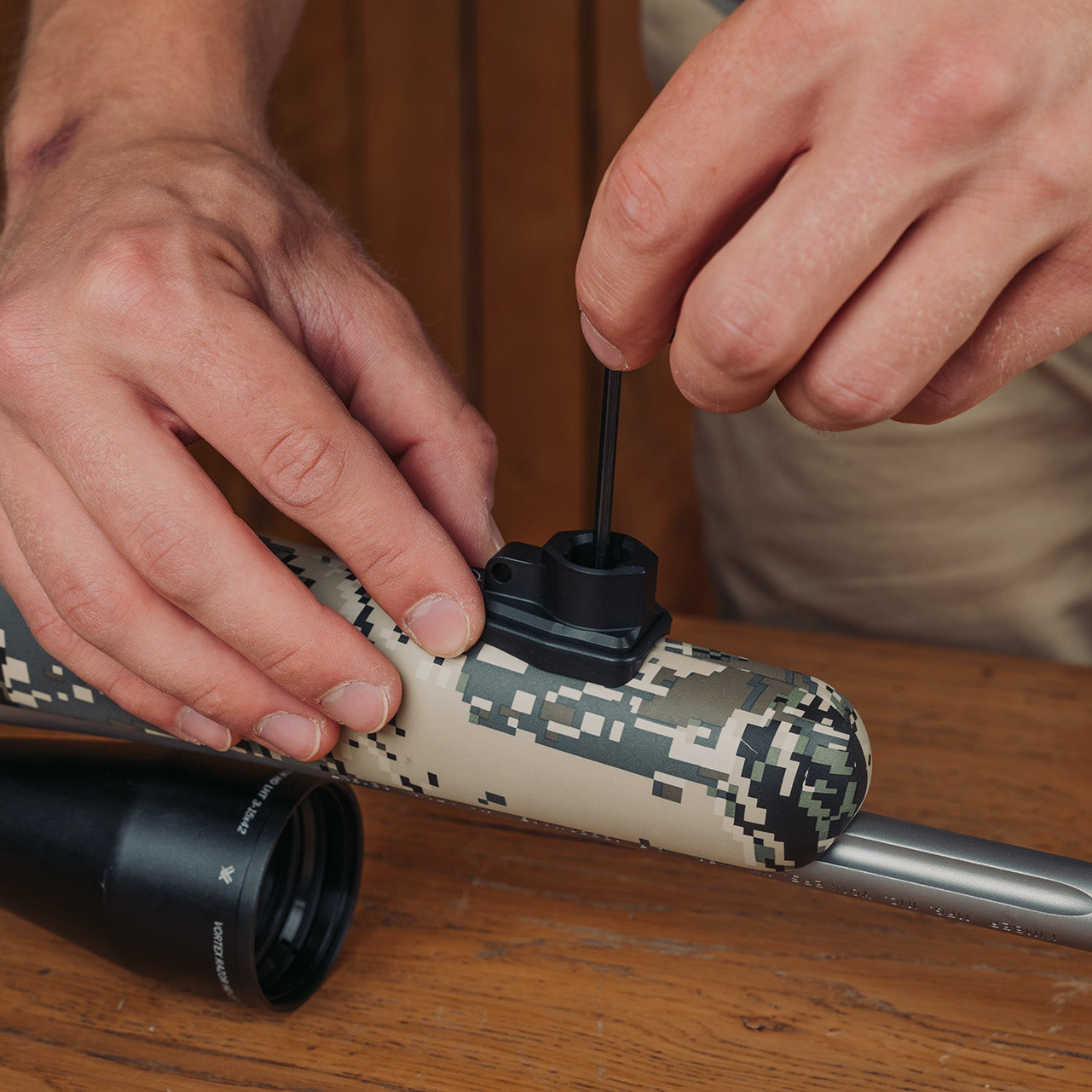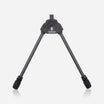Picture 10-year-old me, excitedly flipping through the Boy Scout gear catalog to the tattered page with a Swiss Army knife. My imagination races to all the adventures I could get into if I only had a blade, saw, can opener… This appreciation of versatility carried over into my hunting passion, and I believe this paradigm could help you shed weight and complexity from your hunting kit too.
Think of your gear list like a weight budget. One way to reduce bulk is to spend big money on exotic materials to get a lighter version of each piece. Another, often overlooked strategy is to search for gear that performs more than one function. The Swiss Army knife principle.
When bear hunting, we spend a lot of time talking about glassing and shooting, but seldom think about the piece of gear that connects these tools to the ground for a steady rest. During spring season, we glass the deceptively steep Douglas fir clear cuts of western Oregon, and the sun exposed slopes of the drier eastern Oregon canyons. Black bears can walk in and out of view at a pace that leaves shot opportunities fleeting. Between terrain that can obscure your view, and the fading light our quarry prefers, I found you often get about one minute to complete the spot-see-shoot triangle. This is the span between initially spotting a bear, switching to some high-powered optics to see if it meets your criteria, then transitioning into a shooting position. If you can shave time or movement off one angle of the triangle, it extends your window of opportunity in another.

It would be a significant advantage to have a gear set-up that allows you to quickly swap between binoculars, spotting scope, and rifle. How much time do you waste if you have to switch between sitting behind glass and laying down to shoot your rifle prone? You can gain 15 seconds if you don’t need to reposition from sitting behind your tripod to laying horizontal for the shot.
During the long, dark winter days I watched YouTube videos of Mr. G using his Ascent tripod for glassing, shooting, trekking poles, and even a jungle gym for him to jokingly hang from. Reflecting on my old Swiss Army knife obsession, I analyzed my pile of gear for areas I could consolidate. In an ambitious move that would make my 10-year-old self giddy, I took the leap and bought the Ascent tripod system that would allow me to replace three pieces of gear with one. It was immensely satisfying to pluck my old trekking poles and bulky bipod out of the gear pile, knowing I would still have that functionality, but never have to haul those items up the mountain again.
Spartan Precision Equipment makes a Heavy Duty Optics Adapter for my spotting scope, a Binocular Adapter for my 10x42’s, and a Classic Rifle Adapter for my 300 magnum. Every adapter has the same interface with the tripod head, so swaps only take a couple seconds. With four leg pitch positions and a height adjustment from 11”-50”, the Ascent allows me to set up rock solid prone or seated shooting positions which might not be possible with a bipod on steep hillsides.

A clever feature that made another piece from my gear pile redundant are the tripod legs that unscrew to become trekking poles. Springtime makes the challenging backcountry and precipitous angles even tougher because of the rain and snow showers. Savvy hunters have learned trekking pole legs are hugely useful for taking some of the weight off your legs, helping to conserve calories, and reducing the chances of falls that bump your scope zero or tear MCLs. Like the tweezers of a Swiss Army knife, there are more small details that add value to hunters. Trekking pole handles that screw onto the top of your tripod legs are optional extras that help spread the downward forces as you transfer the weight from your body to the poles. Snow baskets can be attached to the carbide feet if you find yourself in a frozen squall.

We all know that high quality carbon gear is expensive, but there are some ways to justify it. The weight and cost of the subsequent products vary widely, so consider the specs an average. A set of dedicated carbon trekking poles weighs about 1lb, and a bipod can easily tip the scales at 1lb. Expect to pay $150 for quality trekking poles, and somewhere around $250 for a premium bipod. By switching to a tripod that also performs the aforementioned functions, you get to lighten your load by 2lbs and save $400.
In my specific example, analyzing your shooting support system is one way to consolidate items and leave some behind altogether. When trying to balance your weight budget, spread all your gear on the floor, and think creatively about where you might be able to find one piece of gear that acts like a Swiss Army knife and replaces many.
WORDS BY Jake French
PHOTOS BY NJBFilms





















